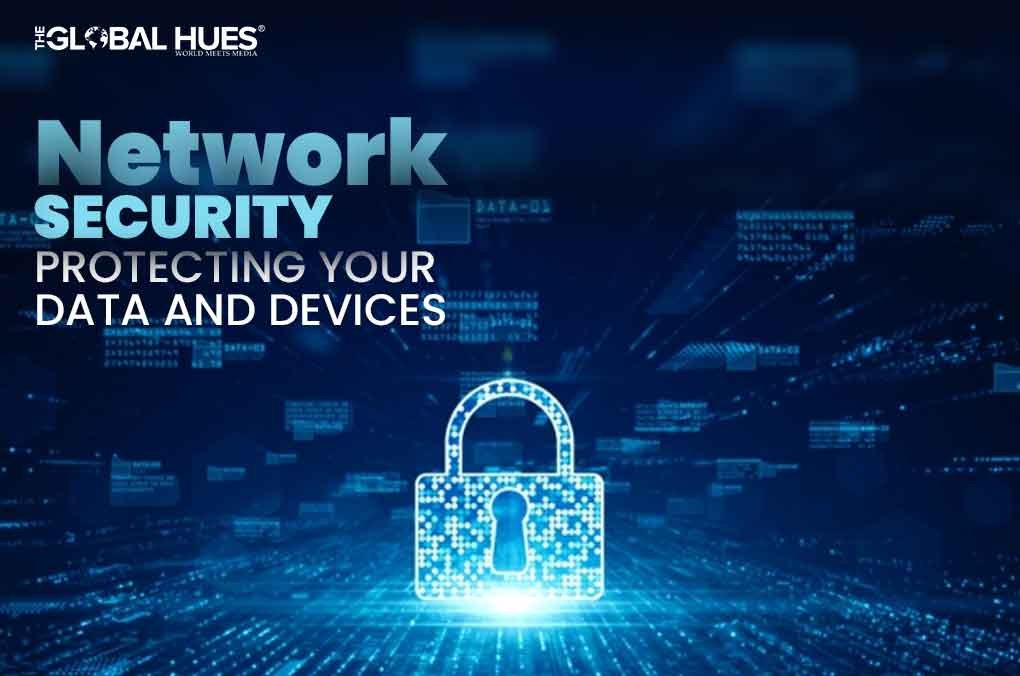In today’s interconnected world, computer networks are at the heart of most businesses and organizations. Whether you are managing a small business, a large corporation, or a government agency, network security is a critical component of your information technology infrastructure. Network security refers to the measures that are taken to protect your network from unauthorized access, malicious attacks, and other security threats.
Why Network Security is Important?
Network security is important for several reasons:
- Protecting Data: Your network contains sensitive information such as customer data, financial information, and trade secrets. A security breach can lead to data theft, financial loss, and damage to your reputation.
- Ensuring Availability: A security breach can also disrupt your network, leading to downtime and lost productivity.
- Regulatory Compliance: Many industries are subject to regulatory compliance requirements, such as HIPAA in healthcare, PCI-DSS in finance, and GDPR in the European Union. Network security is an important part of meeting these requirements.
- Business Continuity: Your network is critical to the operation of your business. Network security helps to ensure that your business can continue to function even in the face of security threats.
How to Secure Your Network?
There are several steps you can take to secure your network:
- Use Strong Passwords: Passwords are the first line of defense against unauthorized access. Use strong passwords that are difficult to guess and change them regularly.
- Implement Firewalls: Firewalls are hardware or software devices that monitor and control network traffic. They help to prevent unauthorized access and protect against network attacks.
- Use Antivirus and Antimalware Software: Antivirus and antimalware software help to protect against viruses, worms, and other malicious software.
- Train Your Employees: Your employees are an important part of your network security. Train them on how to recognize and avoid security threats such as phishing emails and social engineering.
- Use Dynamic ARP Inspection: Dynamic ARP Inspection (DAI) is a security feature used in computer networking to prevent ARP spoofing attacks. ARP spoofing is a technique used by hackers to intercept network traffic by sending fake ARP messages. DAI is designed to prevent ARP spoofing by verifying the authenticity of ARP messages before they are allowed to enter the network
- Use Virtual Private Networks (VPNs): VPNs are encrypted tunnels that allow users to securely access your network from remote locations. They are an important tool for securing remote access to your network.
- Implement Access Controls: Access controls are mechanisms that restrict access to your network and its resources based on user identity and other factors. Examples of access controls include authentication, authorization, and accounting (AAA).
- Conduct Regular Vulnerability Scans: Vulnerability scans are automated tests that identify weaknesses in your network. By conducting regular vulnerability scans, you can identify and address security issues before they can be exploited by attackers.
- Implement Security Information and Event Management (SIEM): SIEM is a security technology that collects and analyzes security-related data from across your network. By using SIEM, you can detect security threats in real time and respond to them quickly.
Read Also: Which Goals are available in Google Analytics
Conclusion
Network security is an essential part of your information technology infrastructure. By taking steps to secure your network, you can protect your data and devices, ensure availability, meet regulatory compliance requirements, and maintain business continuity. Dynamic ARP Inspection is one of the many security features that can be used to enhance network security. By implementing a comprehensive network security strategy that includes the measures described above, you can minimize the risks and maximize the benefits of your network. Keep in mind that network security is an ongoing process, and you should regularly review and update your security measures to stay ahead of the evolving threat landscape.




